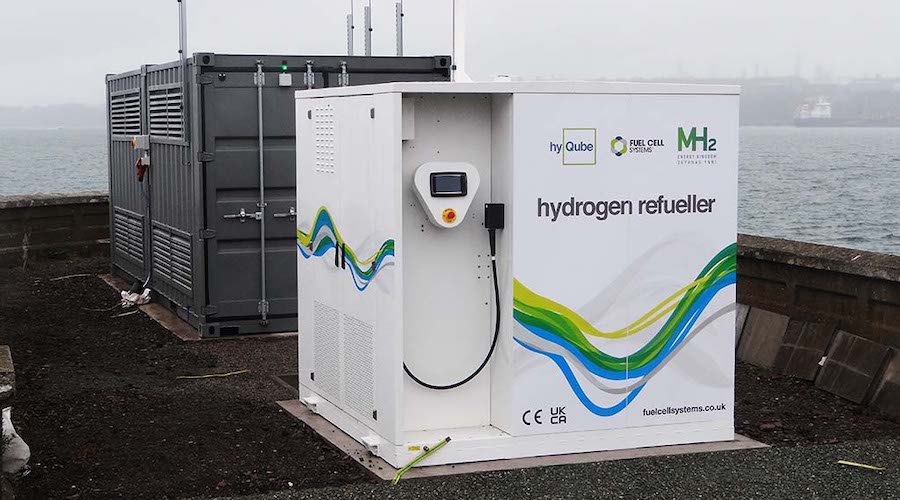However, the new study challenged this notion by employing localized plasmonic heat sources to rapidly and efficiently heat the pyro-catalytic material and allow it to cool down. The findings open up new avenues for efficient catalysis for biological applications, pollutant treatment and clean energy production.
In detail, the novel strategy combines pyroelectric materials and the localized thermo-plasmonic effect of noble metal nanomaterials.
The plasmonic nanostructures, which support the collective oscillation of free electrons, can absorb light and convert it quickly into heat. Its nanoscale size allows fast yet effective temperature changes within a confined volume, without significant heat loss to the surrounding environment. Consequently, the localized heat generated by the thermo-plasmonic nanostructures can be easily fine-tuned and turned on or off by external light irradiation within an ultrashort time interval.
In a series of experiments, the team selected a typical pyro-catalytic material, called barium titanate (BaTiO3) nanoparticles. The coral-like BaTiO3 nanoparticles were decorated with gold nanoparticles as plasmonic heat sources; the gold nanoparticles can convert the photons directly from a pulsed laser to heat.
The experiment results demonstrated that gold nanoparticles act as a rapid, dynamic and controllable localized heat source without raising the surrounding temperature, which prominently and efficiently increases the overall pyro-catalytic reaction rate of BaTiO3 nanoparticles.
Gold nanoparticles
Through this strategy, the team achieved a high pyro-catalytic hydrogen production rate, speeding up the practical application development of pyro-catalysis.
The plasmonic pyroelectric nano-reactors demonstrated an accelerated pyro-catalytic hydrogen production rate of about 133.1±4.4 µmol·g-1·h-1 through thermo-plasmonic local heating and cooling under irradiation of a nanosecond laser at the wavelength of 532 nm.
Furthermore, the repetition rate of the nanosecond laser used in the experiment was 10 Hz, which meant that 10 pulses of light were irradiated on the catalyst per second to achieve 10 heating and cooling cycles. This implies that by increasing the laser pulse repetition rate, the pyroelectric catalytic performance could be improved in the future.
The research team believes that their results have offered a new approach to improve pyro-catalysis by designing an innovative pyroelectric composite system with other photothermal materials. This substantial progress is expected to make the future application of pyro-catalysis in pollutant treatment and clean energy production more feasible.

